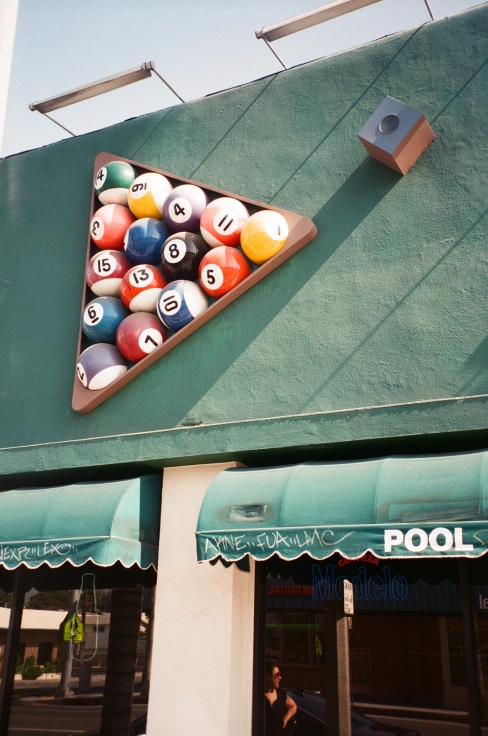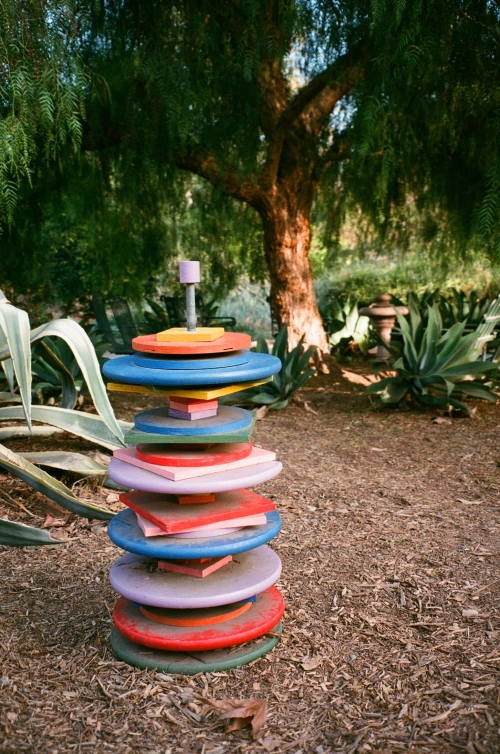
Hi there! You appreciate well-written content, so if this post helped you out, why not show your appreciation by sending something to my Venmo, here: https://rb.gy/vx5x8
A Point & Shoot for the Instagram Generation?
I’m a child of the 1980s, and having had to learn the basics of analog photography while studying film-making in college, I guess it was only natural that I’d want to get back into the analog camera game after a long pause (thanks, Instagram). So I did some research and took to eBay in search of an affordable first point & shoot film camera to dip my toes back into the analog pond. The thing is, all the cameras I definitely wanted –your Olympus XAs, your Contax T2s, et cetera–were prohibitively expensive. So I gradually opened myself up to other options. Casting a wider net led me to the circa-1995 Canon Sure Shot 60 Zoom (known as the Autoboy Juno in Japan, and the Prima Zoom Shot in Europe/Asia/Australia), which I picked up for less than $10, including shipping. The very few sample photos I was able to find taken using this camera gave me a bit of hope, but I wasn’t expecting anything special from a camera that came out while I was in junior high school. However, as you’ll see in my photo examples, its image quality more than justified its modest purchase price.

Specs
According to the Canon Camera Museum , the Sure Shot 60 Zoom comes with a 38 millimeter, f/4.5 lens, which is zoomable to 60 mm f/6.7. Not the fastest lens, but certainly adequate for daylight photography. I was surprised, however, to read that the lens contains 6 elements in 6 groups, which is more than both the original Canon Sure Shot AF35M, and the Nikon L35AF, both of which have reputations as excellent point & shoot cameras. The fact that the 60 Zoom is smaller and lighter than both makes it all the more impressive.
With DX film coding, the camera can take films ISO rated anywhere from 25-3200, which allows you to use anything from slow-speed reversal films like Velvia for landscapes to high-speed films appropriate for low-light or live-event photography (although with a shutter speed range of only 1/40 to 1/500 of a second, you are limited in how you can use these films).
Using the Camera
Notably for this camera, you can’t transition smoothly between focal lengths, but instead each press of the Wide or Tele buttons nudges the lens between 38, 45, 52, and finally 60mm focal length, with no ability to move in between these pre-determined lengths. It sounds limiting, but it wasn’t frustrating in practice, as all it really meant was that you might have to take a couple steps back or forward to get your shot framed just right, and actually makes an already simple-to-use camera even simpler.
My version used a somewhat clunky rotating click-dial on the back to switch the camera between various modes like auto-flash, red-eye correct, flash on/off, and a 10-second self-timer (I expected a blinking red LED for the self-timer, but instead a small amber light inside the flash compartment blinked at roughly one second intervals, before turning solid for the last second or so before taking the shot). I found the auto mode was more than adequate for my daytime shooting needs and provided vivid and sharp exposures over the course of a day.
The viewfinder is fairly large for a camera of its size, and the green LED to the right of it did a good job of letting me know when the autofocus was ready for me to shoot. The wide angle/telephoto rocker switch to the right of the viewfinder felt intuitive and was springy without feeling cheap.
The small LCD readout on the top of the camera conveniently stays on, even with the camera off, to let you know how many shots you’ve taken on your current film roll, as well as how much power is left in your battery.
Overall, the camera is small and light, even with a roll of film loaded in. The shutter and film advance motors are relatively quiet, being practically silent next to the original Sure Shot AF35M or the Nikon L35AF.
Image Quality
I have to say: for a camera I purchased on eBay for under $10 USD, including shipping, I’m quite impressed with the shots I got back. The images appear evenly sharp from the center to the edges. I was prepared to have lost a shot or two to over- or underexposure through my own error, but the programmed shutter and aperture settings provided consistently even exposures, delivering close to a “what you see is what you get” result. There was a very subtle but visible amount of vignetting on the edges of the image. Not so bad that it can’t be ignored, though.

My biggest fear was that the camera would have light leaks or some other malfunction that would render my images useless. No such worries materialized, though, as this 2-decade old camera proved it was still up to the task of capturing great images.

Final Thoughts
My first thought upon seeing my developed shots was: I have to shoot with this camera again. The Canon Sure Shot 60 Zoom is a light, easy-to-use, relatively quiet camera with a impressively sharp lens and the ability to accept a wide range of ISO-rated films. For the price I paid, it’s a camera that is staying in my collection. If I could change anything about it, I’d ask for a wider variety of shutter speeds (especially for long exposures); an all-black body, which would be better for stealthy street photography, instead of the silver-faced one I bought (apparently all-black versions were made, but are rare); and AA battery support, instead of the decidedly less-available and more-expensive CR123A battery. Aside from that, its elegant but no-frills nature makes it a fun camera that epitomizes the meaning of “point and shoot.” I recommend this camera for first-timers to analog photography and those looking to get back into shooting on film.